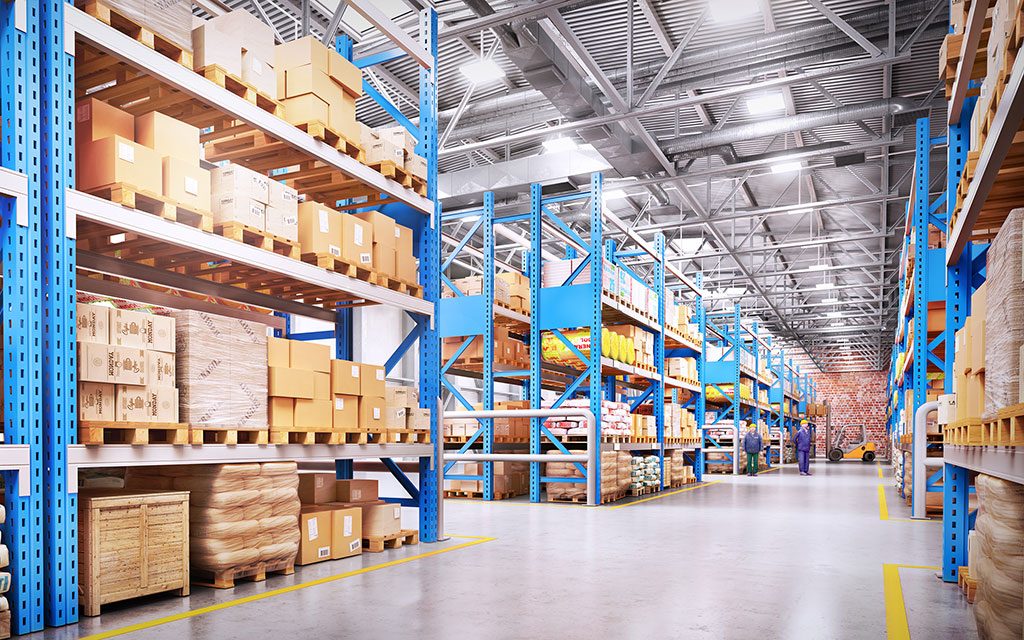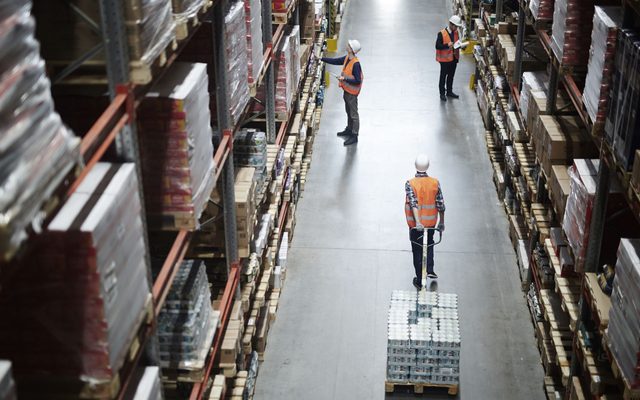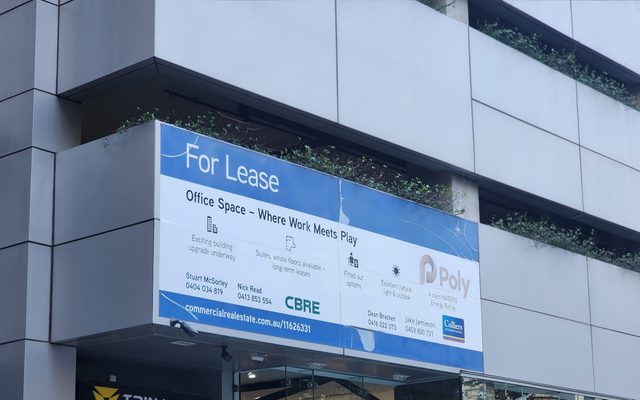This article is from the Australian Property Journal archive
WHILE global consumer sentiments towards the industrial sector are waning, as inflation mounts, Australia is still seeing high levels of tenant demand and record low vacancies.
According to the latest report from Knight Frank, the industrial leasing market is still riding high, leading to broad rental growth, as the major eastern cities record 716,000sqm of take-up for the second quarter.
Brisbane led the charge with 319,000sqm, followed by Melbourne 210,000sqm and Sydney trailing behind with 187,000sqm as a result of limited available stock in prime and secondary grades.
“The leasing market continues to go from strength to strength as evidenced by the lack of availability and surging rental growth,” said Ben Burston, chief economist at Knight Frank Australia.
“Headwinds are now emerging in the form of weaker consumer sentiment which points to a slowdown in retail spending, but these are unlikely the materially slow demand in the near term and the structural lack of supply means that rental growth will persist in the near term.”
Higher funding costs, particularly with the soaring price of construction, has seen yields rise by 0.25% in most markets.
“On the investment front, the sharp uplift in bond yields and swap rates has directly impacted funding costs and hedging costs for offshore investors. Reflecting this, Q2 saw investors adopting greater caution with industrial deal volumes dropping back to more normal levels with $3.3 billion traded down 20% on Q1,” added Burston.
“Investor appetite remains strong, particularly for short-WALE infill opportunities offering the potential to benefit from rental uplift, but pricing metrics are shifting with yields shifting out by 25 basis points in most cities,” said Burston.
However, Knight Frank anticipates total completions will hit 2.5 million sqm on the east coast before the end of 2022, with the potential for ongoing rent rises driving development activity.
Melbourne is anticipated to see the greatest level of new supply, accounting for 1.2 million sqm, with Brisbane providing 700,000sqm.
Meanwhile Sydney’s industrial vacancy rates continue to dive into historically low levels, down 4% for the quarter and 55% for the year, with less than 50,000sqm of prime space now available across all precincts and just 99,247sqm in available stock across all grades.
On a blended basis, prime net face rents were up 4.1% quarter-on-quarter, with incentives averaging 12.5% and year-on-year, average prime net face rents were up 11.3%.
Sydney also saw a 9% boost over the quarter to medium sized or 1ha to 5ha lot value.
Melbourne also saw a decline in vacant space through Q2, dropping 10% to circa 561,000sqm, largely driven by a 60% fall in secondary vacant space.
Total take-up also declined over the quarter, thanks to limited stock availability, with manufacturing tenants accounting for 61% of leasing take-up, while logistics represented 25%. Though for the financial year, logistics topped at 32%, with retail trade at 31% and manufacturing at 28%.
Average prime rents in Melbourne were up again in Q2, rising by 4% for the quarter and 14% for the year.
Brisbane’s record levels of take-up in Q2 resulted in vacancies tightening by 8% for the quarter and 43% for the year, with absorption of vacant space up by 78% over Q1 to 145,421sqm.
Secondary vacancy also fell, down 25% over Q2 to 90,302sqm, for its a lowest level ever recorded since the series commenced in 2007.
With only 311,990sqm of vacant space available in Brisbane, Average prime face rents increased by 7.3% year-on-year to $124/sqm, with average incentives for existing stock down to 14.2%
While the secondary market was up 15.6% year-on-year to $107/sqm, for a record high.
Adelaide saw land values continue to surge, with medium sized lots up 19% for the quarter and a whopping 84% for the year, with smaller and larger lot values growing between 40-135% across precincts.
While Adelaide’s rental rates across prime and secondary assets have converged over the quarter to $107/sqm and $81/sqm respectively.
Meanwhile, Perth is heading up the country in rental growth, with prime rents rising by 9.1% on average during Q2 and 18.6% growth over the past year.
“Land values tend to respond with a lag to the growth of rents and capital values and the current uplift is partly a response to the rise in values during 2021,” said Burston.
With Perth land values for medium-sized lots up 7.9% on average during Q2 and 23.3% over the full year.
“Desirable locations with good access to transport infrastructure are increasingly scarce and the larger scale of tenant requirements is another driver of growth, with markets like Perth seeing a narrowing of the spread between the value of smaller and larger lots. After a strong burst of growth, we expect land values to stabilise in the second half of the year,” said Burston.




